Whiskers, or vibrissae, are one of the most iconic features of a cat. These long, stiff hairs protruding from their faces are not just for show; they are sophisticated sensory tools that play a crucial role in a cat’s ability to navigate and interact with its environment. Understanding the science behind cat whiskers reveals their incredible versatility and importance.
Anatomy of Whiskers
Cat whiskers are deeply embedded in the skin, reaching into a rich supply of nerves and blood vessels. Unlike ordinary fur, whiskers are coarser and thicker, with roots that extend three times deeper. This depth ensures that the slightest touch or vibration is transmitted to the sensory cells located at the base of each whisker, making them highly sensitive.
Each whisker, also known as a vibrissa, is connected to a follicle packed with nerves called the proprioceptors. These receptors send information about the position of the whisker to the brain, allowing the cat to determine the shape, size, and texture of objects without having to see them. This system is so refined that it enables cats to navigate through narrow spaces and detect nearby objects in the dark.
The Function of Whiskers
Spatial Awareness
Whiskers play a pivotal role in a cat’s spatial awareness. The length of the whiskers is roughly equal to the width of a cat’s body, acting as a natural gauge for whether a space is wide enough for them to pass through. This is particularly useful for navigating through tight spots in the dark, where a cat’s excellent night vision still might not be enough.
Sensory Perception
Beyond spatial awareness, whiskers serve as an extension of a cat’s tactile sense. They can detect minute changes in the environment, such as slight air currents, which helps them sense approaching dangers or prey. This sensitivity is crucial for hunting, as it allows cats to detect the movements of their prey even in complete darkness. For instance, when a cat is chasing a mouse, the whiskers help to track the mouse’s movements, ensuring a precise pounce.
Communication and Expression
Whiskers also play a role in feline communication and emotional expression. The position and movement of a cat’s whiskers can indicate its mood. When a cat is curious or hunting, its whiskers are pushed forward, indicating alertness and focus. Conversely, when a cat is angry or threatened, its whiskers are pulled back against its face. This subtle form of communication is an essential part of a cat’s body language.
The Mysteries of Whisker Fatigue
Whisker fatigue is a lesser-known phenomenon that can affect cats. It occurs when a cat’s whiskers become overstimulated by constant contact with objects, such as the sides of a food bowl. This overstimulation can lead to discomfort or stress, causing cats to refuse to eat from certain bowls or become irritable. Providing wide, shallow dishes can help mitigate this issue, ensuring that their whiskers don’t constantly touch the sides while they eat or drink.
Whiskers in Action
Observing a cat’s whiskers in action offers fascinating insights into their utility. When stalking prey, a cat’s whiskers are spread outwards, forming a forward-facing fan that helps in detecting the precise location and movement of the prey. This positioning also allows them to gauge distances accurately, making their pounces more effective.
In another scenario, consider a cat navigating through a cluttered room. Its whiskers move independently, almost like antennas, brushing against objects to relay information about the surroundings. This ability to gather spatial data without relying on vision is particularly valuable in low-light conditions.
Evolutionary Significance
From an evolutionary perspective, whiskers have given cats a distinct survival advantage. Wild cats, like their domestic counterparts, rely heavily on their whiskers for hunting and avoiding predators. This evolutionary trait has been preserved and refined over millions of years, contributing to the success of felines as both solitary hunters and adaptive creatures capable of thriving in diverse environments.
Conclusion
Cat whiskers are more than just charming facial features; they are complex, highly sensitive instruments that play a crucial role in a cat’s survival and interaction with the world. From aiding in navigation and hunting to communicating emotions, whiskers are an indispensable part of a cat’s anatomy. Understanding the science behind cat whiskers not only deepens our appreciation for these fascinating creatures but also underscores the intricate ways in which nature equips animals with the tools they need to thrive.
So, the next time you see a cat twitch its whiskers, remember that there’s a world of sensory information being processed, guiding every move with precision and grace.
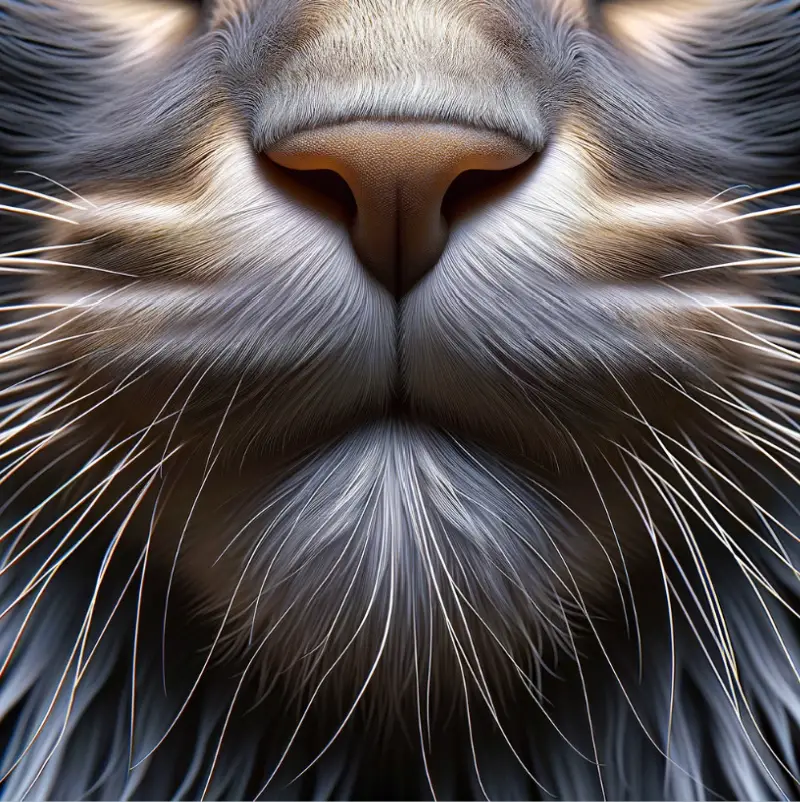
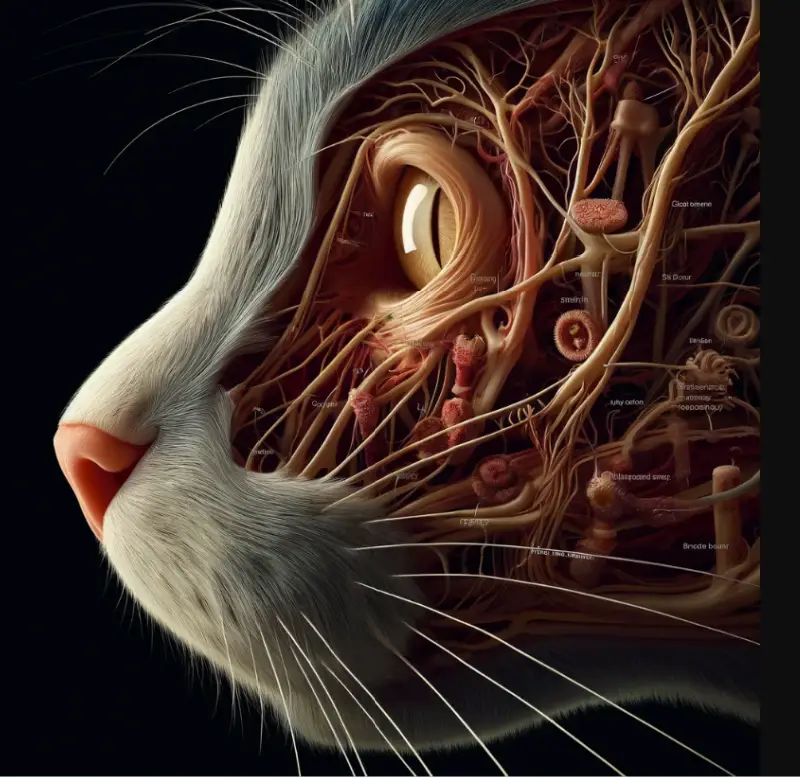
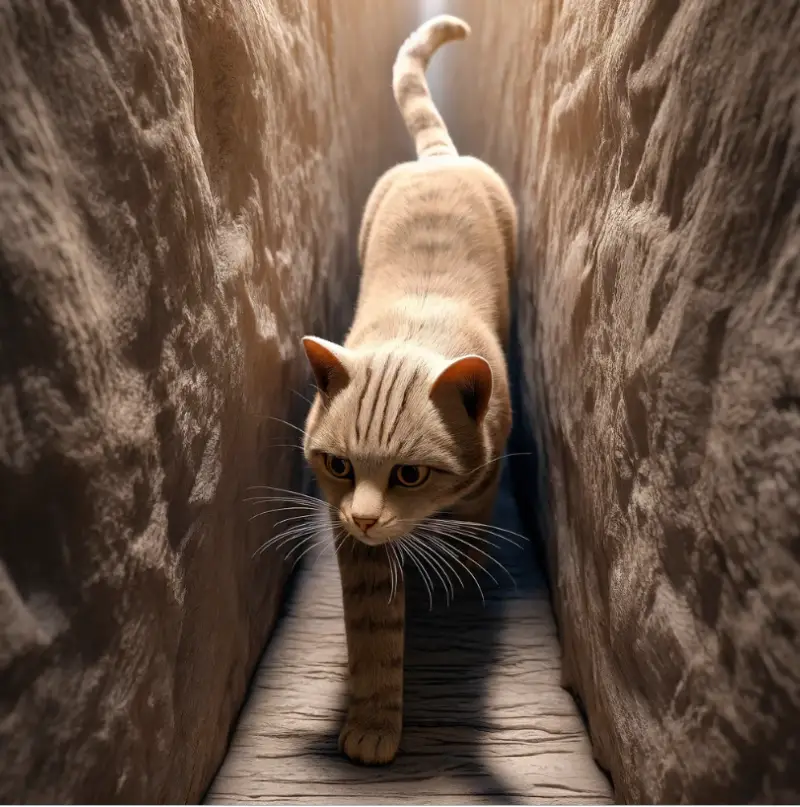
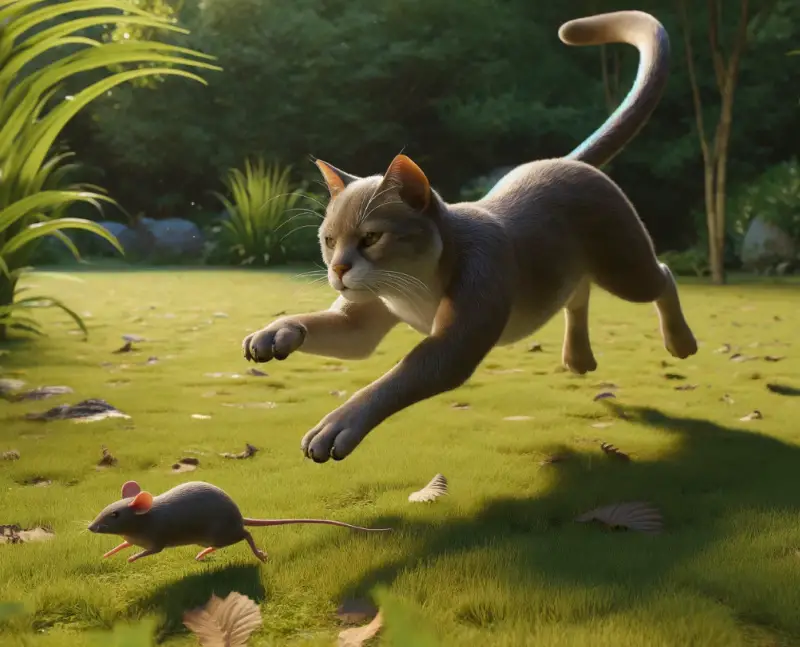
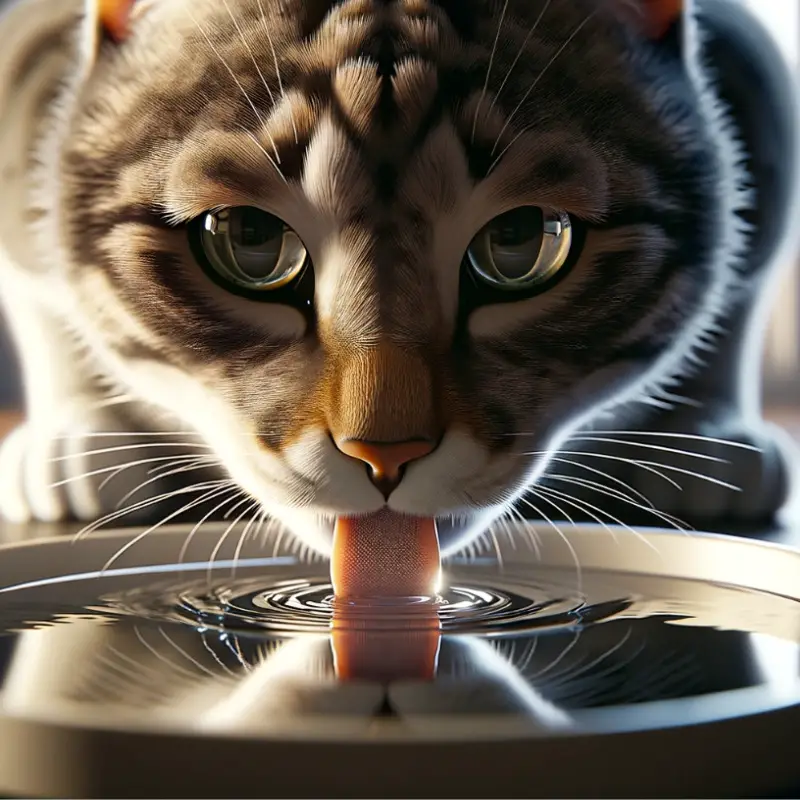

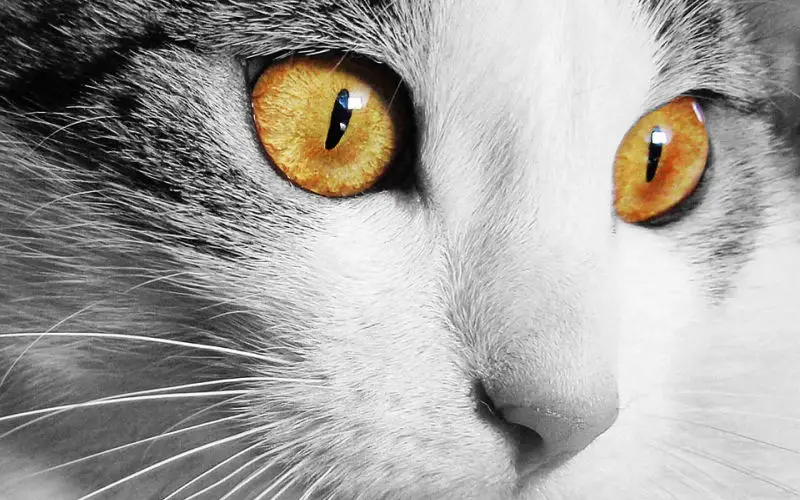
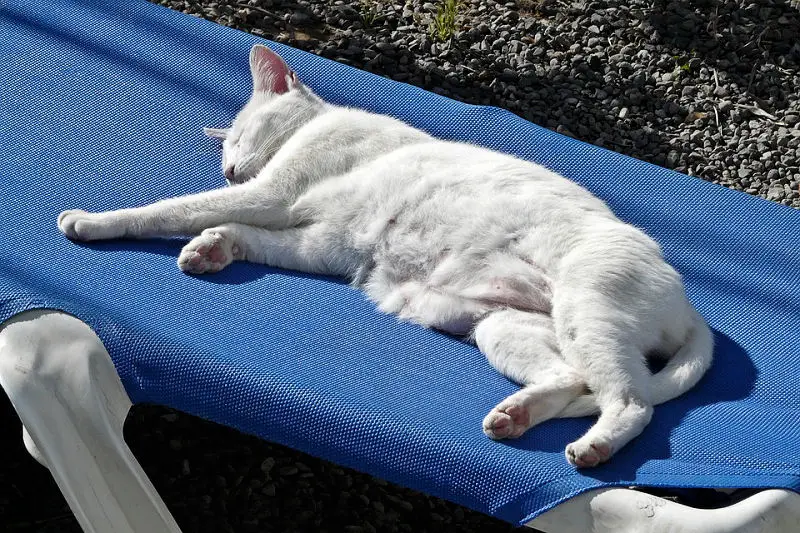


I knew some of this about whiskers but never considered they aid in communicating emotions; that was very interesting. I also did not know they were connected to a follicle packed with nerves called the proprioceptors. Another great article and fabulous pictures. I enjoy these articles tremendously – I hope you can keep finding things tell us about our beloved felines.